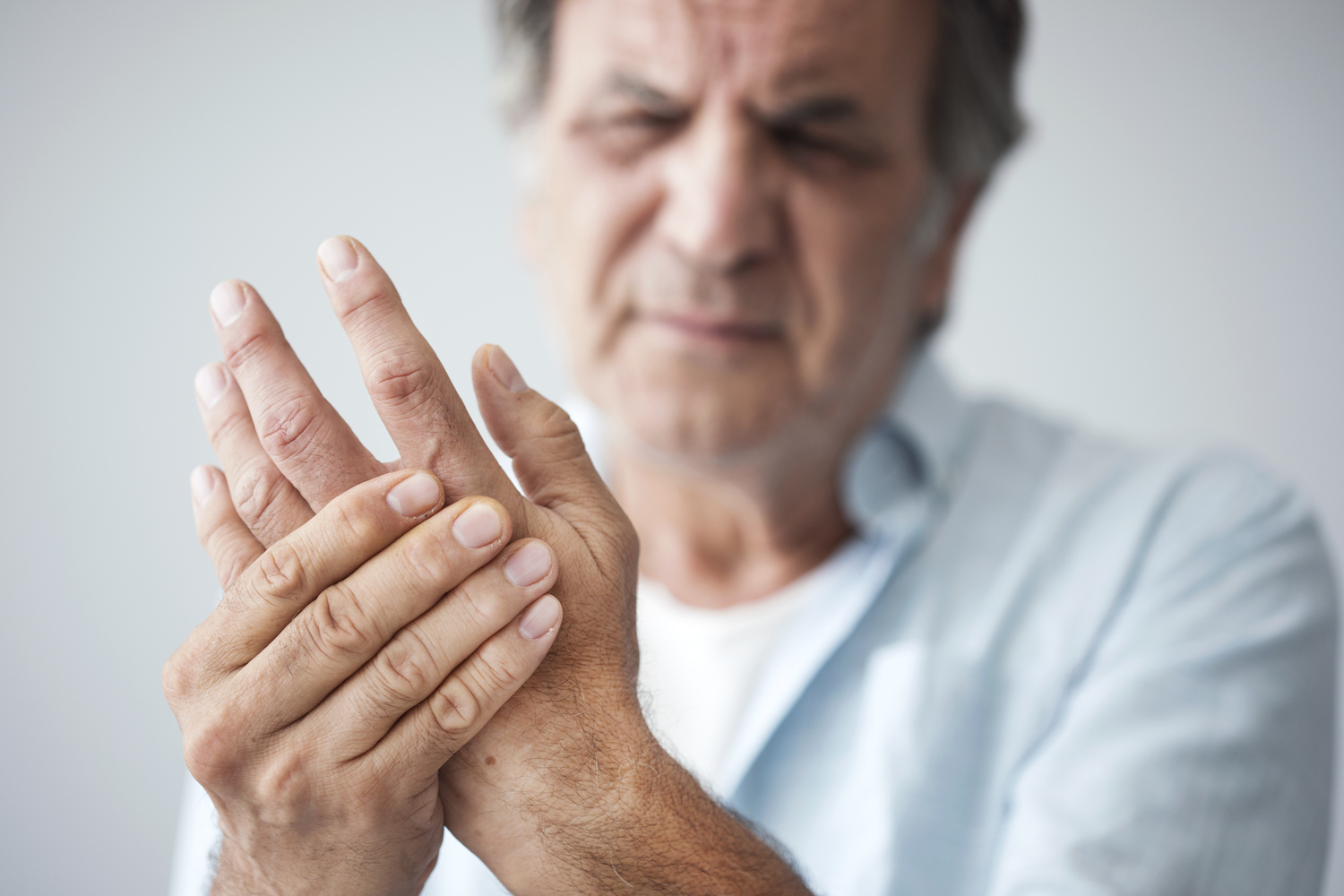7 Early Signs of Psoriatic Arthritis
According to the National Institute of Health’s database, psoriatic arthritis affects approximately 30% of individuals with psoriasis. It typically develops after the onset of the skin condition. However, some individuals can experience related issues before scaly patches appear. Psoriatic arthritis is a chronic disease characterized by joint pains, swelling, and stiffness. It does not have an absolute cure, and remedies involve managing the various symptoms of psoriatic arthritis and avoiding flare-ups.

7 early signs of psoriatic arthritis
Remedial measures for psoriatic arthritis aim to control the symptoms to prevent joint damage rather than cure the disease altogether. Some early symptoms of psoriatic arthritis should not be ignored.
Joint pain and stiffness
Pain and stiffness in the joints are among the most common and well-known early signs of psoriatic arthritis. The symptom is a result of joint inflammation. Usually, affected individuals experience discomfort in their ankles, knees, fingers, toes, and lower back areas. The pains and stiffness can randomly disappear or subside at times, known as the remission phase. On the other hand, the symptoms can worsen just as suddenly in phases known as flare-ups. Most patients experience severe morning stiffness too.
Swollen joints, fingers, and toes
Another common sign of psoriatic arthritis is swelling in the joints and digits. This swelling occurs due to inflammation as a result of fluid accumulation in the soft tissues surrounding the joints. Many people who have psoriatic arthritis also develop dactylitis, or sausage fingers, a condition where the tendons and joints of one’s fingers and toes become abnormally swollen. Research states that up to 50% of individuals with psoriatic arthritis are also affected by mild to severe dactylitis.
Back pain
Psoriatic arthritis often leads to chronic back pain and psoriatic spondylitis. According to the Spondylitis Association of America, 20% of individuals with psoriatic arthritis are likely to develop psoriatic spondylitis too, which affects the spine and joints in the pelvis. The symptoms may develop anywhere between the spinal and pelvic area. Along with nagging back pain, individuals may also have to deal with muscle pains, hip pains, fatigue, and eye inflammation.
Pitted nails
Approximately 80% of psoriatic arthritis patients develop abnormal changes in their nails. Moreover, research suggests that abnormal changes in the nails are an early sign of joint disease and arthritis. Nail pitting is the most common of these changes. However, in a symptom that is unique to psoriatic arthritis, some affected individuals can also experience a condition where their fingers and toenails begin to lift from their nail-beds.
Fatigue
Feelings of tiredness and fatigue can also qualify as early signs of psoriatic arthritis. In fact, extreme fatigue is very common in individuals suffering from the condition, with some being unable to last the day without resting for long periods, or taking long naps. The fatigue can be a result of many symptoms and factors associated with psoriatic arthritis, such as chronic pain, inflammation, reduced physical prowess, increased BMI, anxiety, depression, anemia, and sleep-related issues.
Reduced range of motion
The disease can also cause a reduced range of motion, wherein an individual finds it difficult and uncomfortable to extend and bend their limbs or arch their back. Some people can also find it challenging to use their fingers properly or exercise any fine motor skills. As a result, they might not be able to hold things properly and maintain a firm grip. This condition can be especially difficult for people whose careers depend on them working with their hands, such as woodworkers and artisans. In fact, even simple activities like typing and writing can become monumental tasks in some extreme cases.
Eye problems
Some psoriatic arthritis patients can experience varied eye problems such as redness, irritation, inflammation, and disturbed vision. A few individuals may develop pink eye or conjunctivitis, which is a very uncomfortable, painful, and irritating condition.
Effective remedial options for psoriatic arthritis
At present, there is no single known cure for psoriatic arthritis. Instead, disease management is more focused on controlling its spread and severity in affected individuals. Most allopathic options involve controlling the inflammation levels, as well as controlling how severely the skin gets affected by the disease.
However, certain lifestyle changes and home remedies can help alleviate the pain and discomfort associated with psoriatic arthritis. The most common of these natural remedies include exercising regularly, maintaining a healthy BMI, maintaining healthy eating habits, sleeping on time, and using natural remedies like aloe vera, turmeric, oats, tea tree oil, or deep sea salts topically. It is strongly advised to consult a skincare specialist before applying any natural remedy on skin affected by psoriasis. This is because herbs, herb oils, and other ingredients may not suit an individual’s skin and worsen inflammation.
Without proper remedies and therapies, psoriatic arthritis can be extremely debilitating. While not everyone is at risk of developing this disabling disease, it is still crucial to recognize the various early signs of psoriatic arthritis so the disease can be managed right from the onset.




